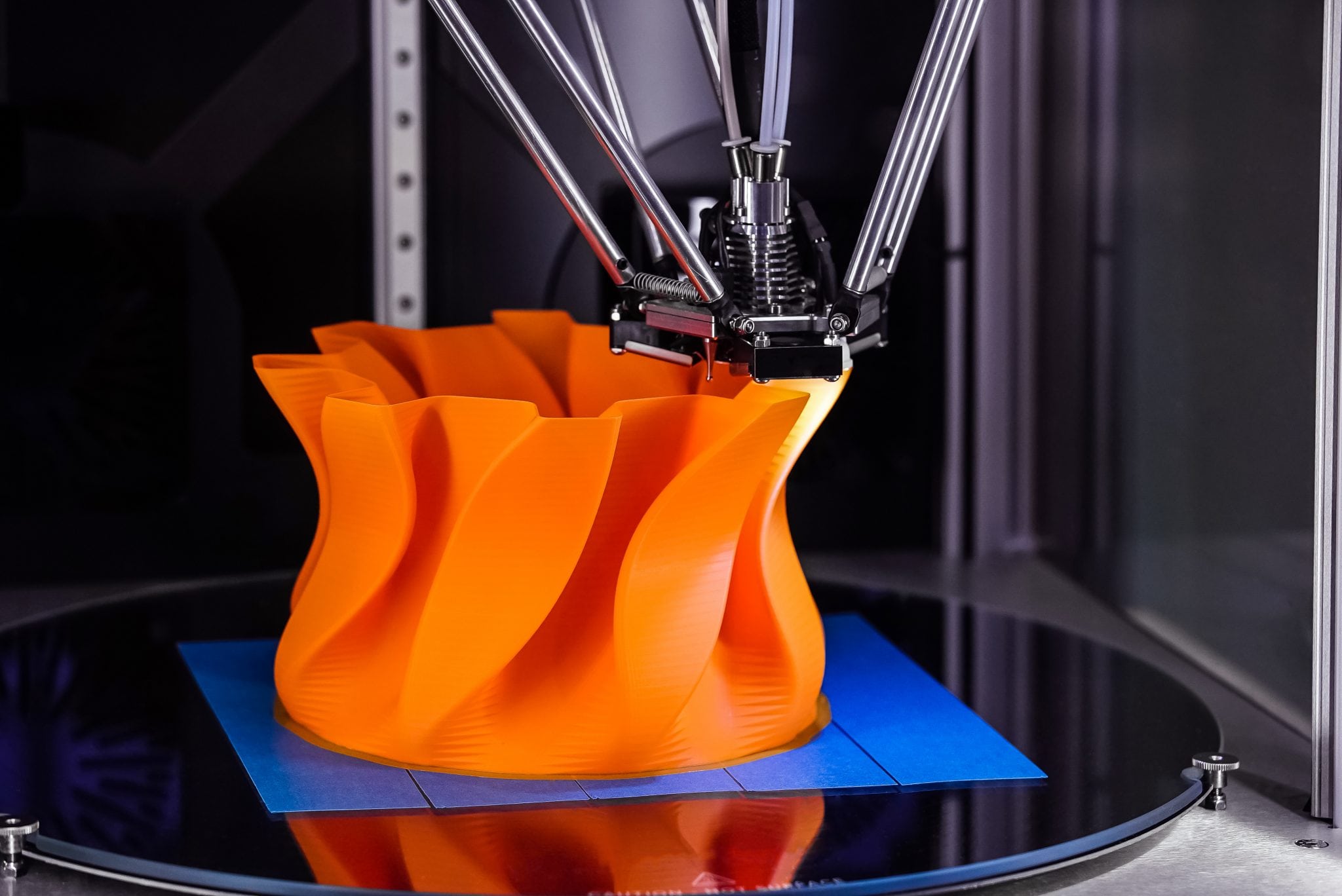3D printing opens up new horizons for reverse engineering. If you have a design or part in one material, with the right scanner and 3D printer, you can have it made in another that may be more useful to you and your project.
With modern technology, reverse engineering for 3D printing is no longer a matter of guesswork. You don’t have to eyeball something or use tools to take small precise measurements. Instead, you set it up inside a scanner, which will then take images that are converted into a printable CAD file.
You might be thinking this is only for small parts, but the scale you can scan depends on the scanner. There are many commonly available small scanners that are ideal for many home or classroom projects. The EinScan SE, for instance, is ideal for tabletop use, while larger and more expensive scanners like the EinScan Pro 2x can be used for larger objects. Specialized setups can be built that scan even larger objects.
Besides size, another issue facing 3D scanners is accuracy. A better, more detailed scan takes longer and-as a general rule- more expensive and hi-tech scanners like the Creaform Handy Scan Black Elite which much more expensive equipment but has greater accuracy. This is not just true for form, but also for color if that is something you also want to reverse engineer for your project
There are, at the moment, two forms for 3D printing scanners: tabletop and handheld. Handheld scanners have the advantage of mobility, but their issues are similar to those of cell phone cameras. They are only as stable (and therefore accurate) as the hand holding them. Tabletop scanners are often smaller and of course, need a flat surface, but they are very stable and more likely to be accurate.
The rise of 3D printing has caused there to be a wide variety of 3D printer scanners out there, with a big price and specification range. Scanning an object is your best option for reverse engineering. The measurements will be far more accurate. Even if you plan on adjusting the design, you will have something to work with instead of building the design from scratch based on your measurements.
At Jawstec, we understand the challenges that come with reverse engineering objects for 3D printing, as well as the possibilities. Our expert team can help you decide how to get the most accurate scan and what kind of equipment you need to get the CAD file you need. We can also help you determine what materials and methods will be ideal for recreating the object so it performs just the way you need. Contact us today about your project!

0 Comments